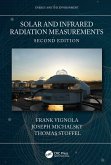
eBook, ePUB
30. Juli 2019
Taylor & Francis eBooks
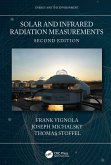
eBook, PDF
30. Juli 2019
Taylor & Francis eBooks
Ähnliche Artikel
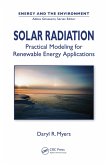

eBook, ePUB
6. Februar 2020
Taylor & Francis eBooks

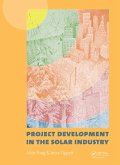
eBook, ePUB
5. Dezember 2012
Taylor & Francis eBooks
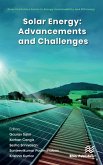
eBook, ePUB
8. März 2023
Taylor & Francis eBooks

eBook, ePUB
6. Januar 2017
Taylor & Francis eBooks
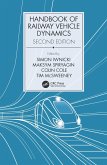
eBook, ePUB
14. November 2019
Taylor & Francis eBooks
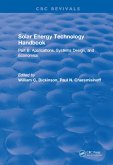
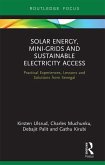
23,95 €
Sofort per Download lieferbar
eBook, ePUB
3. Oktober 2018
Taylor & Francis eBooks
Ähnlichkeitssuche: Fact®Finder von OMIKRON
